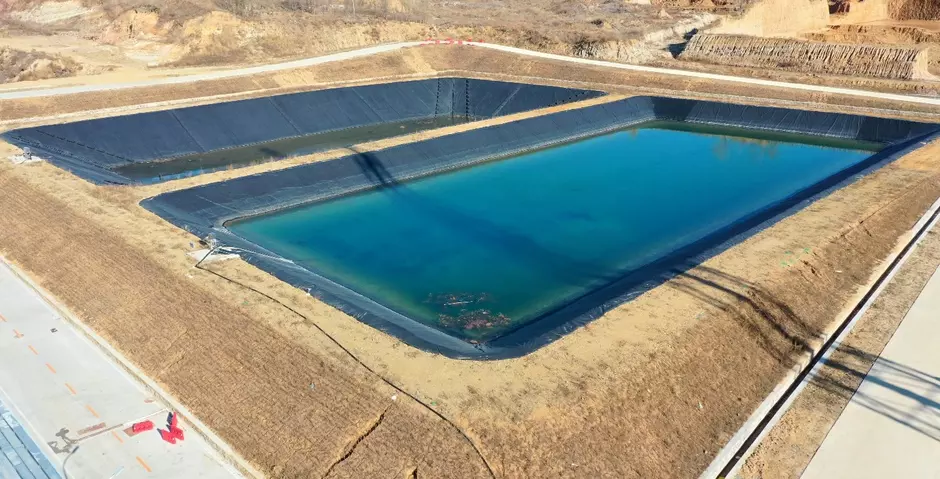The solidification and stabilization workshop and the safe landfill can dispose 23 categories of wastes from the national hazardous waste list HW17 to HW18, HW20 to HW33, HW35 to HW36, and HW46 to HW50. The landfill site is mainly used for the disposal of hazardous wastes that can be directly landfilled and those that cannot be directly landfilled and must be stabilized and solidified to meet the requirements for landfill site entry. For hazardous wastes that cannot be directly landfilled, they must be stabilized and solidified in the stabilization and solidification workshop before landfilling, such as acid and alkali sludge, heavy metal wastes, and soil contaminated by nonmetals; It can be transformed into highly insoluble and stable substances, and can be sent to the safe landfill site for subsequent landfill disposal only after all indicators meet the requirements of the Standard for Pollution Control on Hazardous Waste Landfill (GB18598-2019). The anti-seepage system of the landfill site is composed of clay, GCL and double-layer HDPE membrane. The permeability coefficient of the anti-seepage membrane k ≤ 1.0X10-7cm/s is optimized through three-dimensional design. The design and construction standards meet the latest national specifications and international standards. At the same time, the landfill site is also equipped with complete groundwater drainage system, leachate drainage system, anti-seepage layer monitoring system, etc. to avoid secondary pollution to the environment. After treatment, the leachate generated in the landfill meets the requirements for wastewater pollutant discharge in the Standard for Pollution Control on Hazardous Waste Landfill (GB18598-2019).


